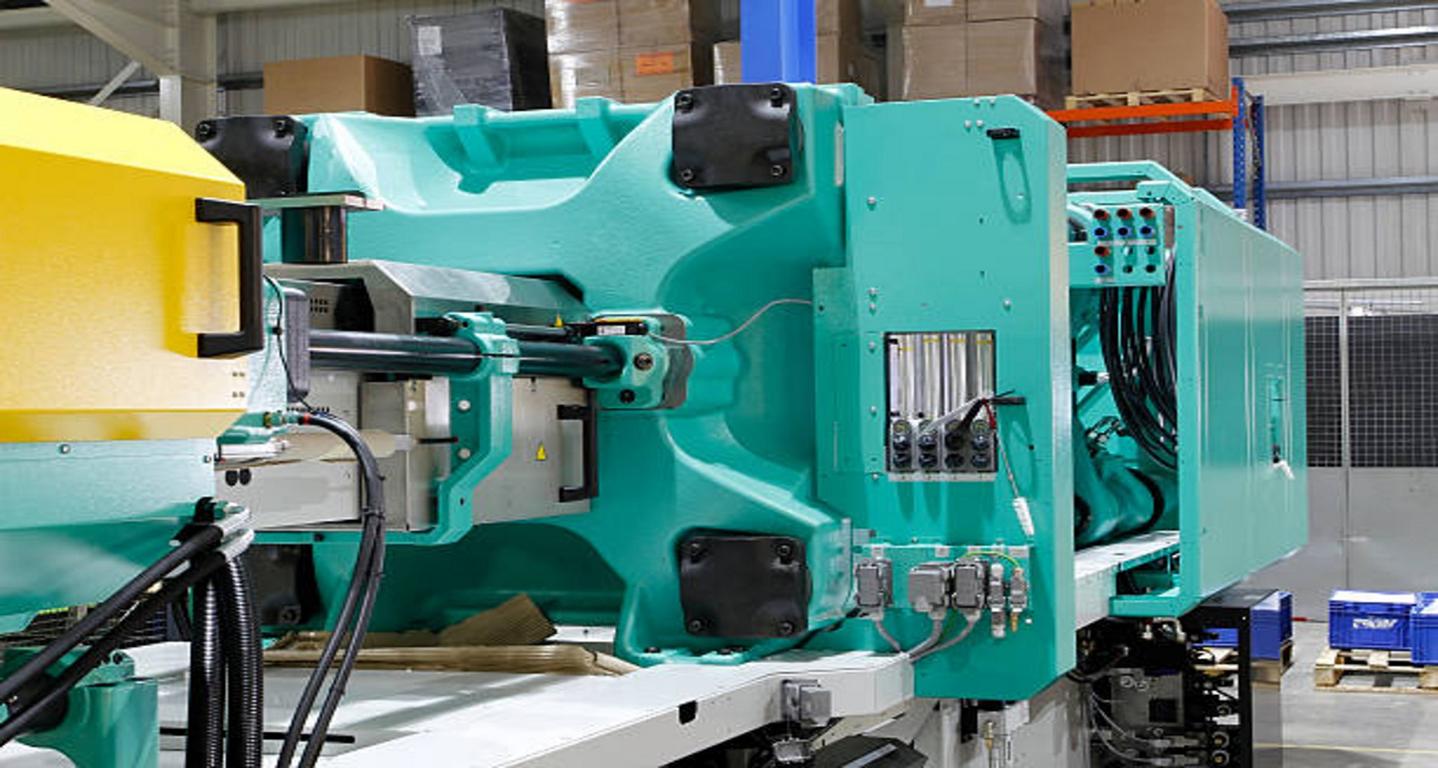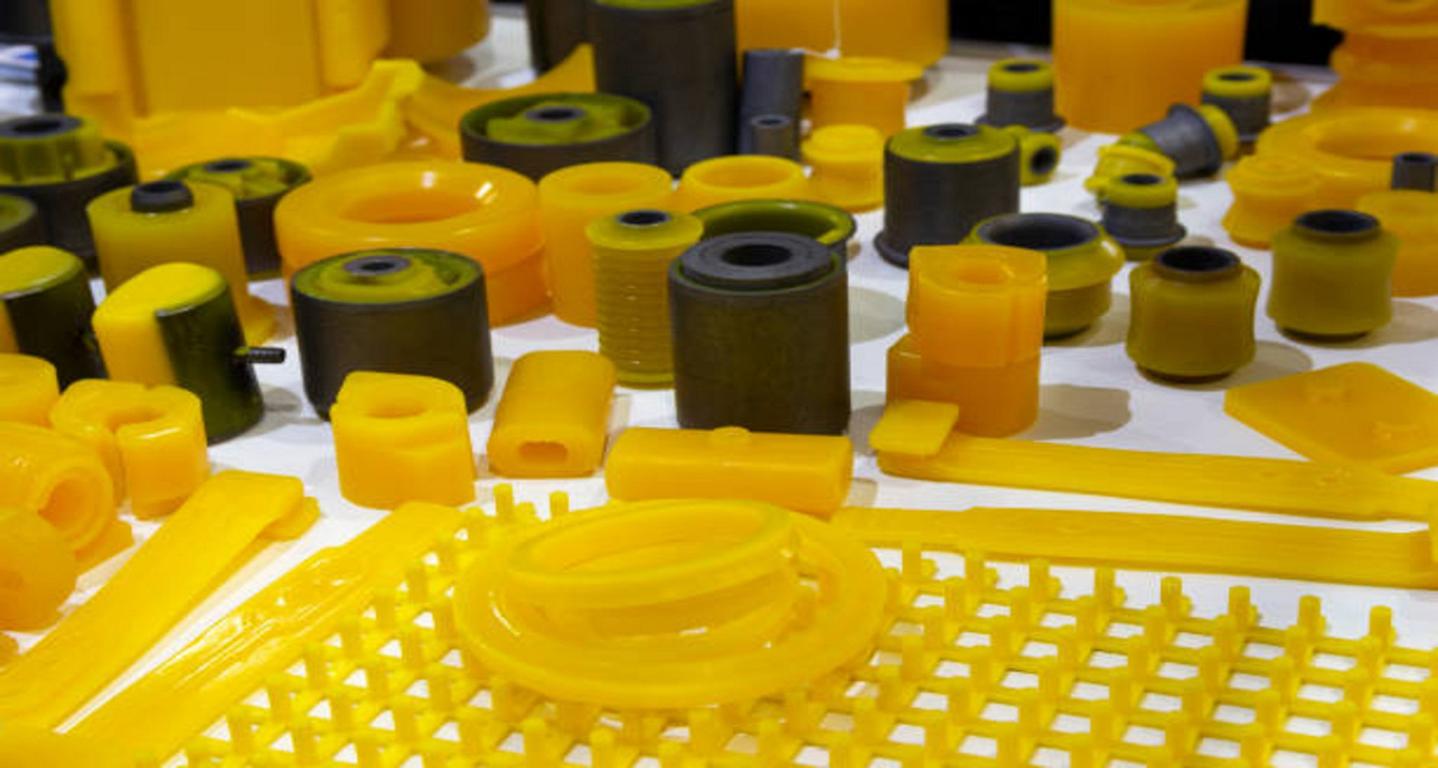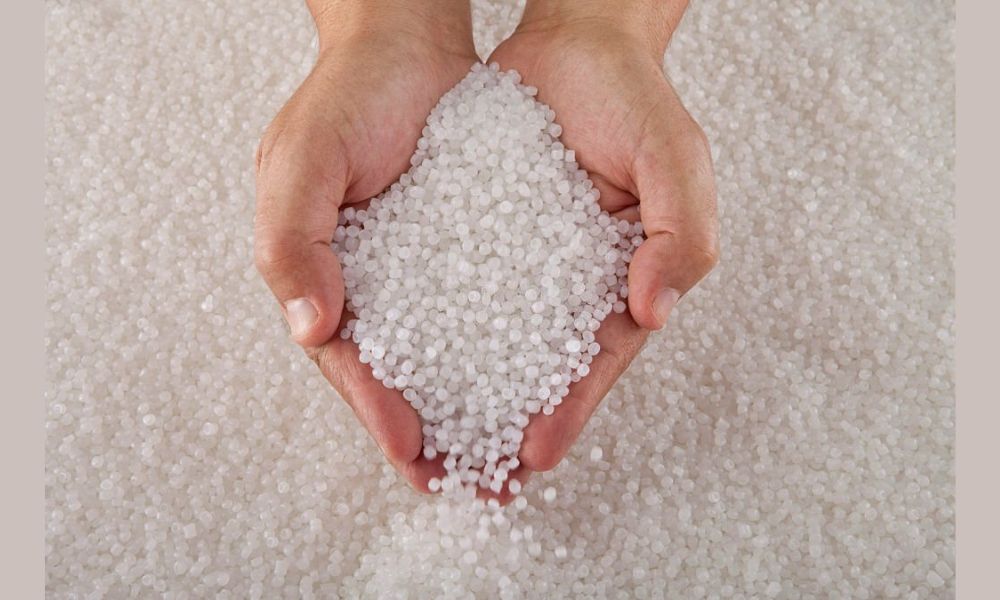في الإنتاج الصناعي الحديث، قالب إن عملية التشكيل باستخدام القوالب هي تقنية مهمة تستخدم في تشكيل المنتجات (بما في ذلك المنتجات المعدنية وغير المعدنية) في كافة الصناعات. وفي الوقت نفسه، فهي بمثابة "عدسة مكبرة للكفاءة والربح" للمواد الخام والمعدات، لأن قيمة المنتج النهائي المصنوع في القالب غالبًا ما تكون عشرات، بل ومئات المرات أكثر قيمة من قيمة القالب نفسه.
صناعة القوالب هي الصناعة الأساسية للاقتصاد الوطني، ويطلق عليها "أم الصناعة". كل جانب من جوانب حياة الإنسان مثل الملابس، والطعام، والسكن، والنقل يرتبط ارتباطًا وثيقًا بصناعة القوالب. لذلك، كان مستوى تكنولوجيا قوالب الحقن رمزًا مهمًا لقياس مستوى تطور الصناعة الميكانيكية في أي بلد.
ويمكن تقسيم القالب إلى نوعين: قالب للمنتجات المعدنية، وقالب للمنتجات غير المعدنية.
تتضمن قوالب المنتجات المعدنية قالب الضغط البارد، وقالب الضغط، وقالب التشكيل، وقالب الصب بالضغط، وقالب الصب الدقيق، وأداة الختم، وأداة اللكم، وقالب معادن الغبار، وما إلى ذلك. هذه الأنواع من القوالب لها تطبيقات واسعة النطاق في منتجات الجمجمة الكهربائية، والسيارات، وأدوات الطيران، وغيرها من المنتجات المعدنية.
تشمل المنتجات غير المعدنية قوالب الحقن البلاستيكية، وقوالب السيراميك، وقوالب المطاط، وقوالب الزجاج، وقوالب الطعام، وقوالب الزينة. وتستخدم هذه الأنواع من القوالب على نطاق واسع في حياتنا، وفي هذه الصفحة نتحدث عن قوالب الحقن. وهي أحدث التقنيات الحديثة التي تستخدم في حياتنا في كل مكان.
قالب حقن يستخدم لتشكيل منتج بلاستيكي باستخدام عملية القولبة بالحقن. معيار قالب الحقن يتكون من جانب ثابت أو جانب حقن يحتوي على تجويف واحد أو أكثر وجانب متحرك أو جانب قذف.
الراتنج أو المادة الخام ل قولبة الحقن، عادة ما يكون في شكل حبيبات ويتم صهره بالحرارة وقوى القص قبل وقت قصير من حقنه في القالب. كما تتصلب القنوات التي يتدفق من خلالها البلاستيك نحو الغرفة، لتشكل إطارًا متصلًا. يتكون هذا الإطار من مجرى مائي، وهي القناة الرئيسية من خزان الراتينج المنصهر، بالتوازي مع اتجاه الفوهة، و عدائيين، والتي تكون عمودية على اتجاه الفوهة وتستخدم لنقل الراتينج المنصهر إلى بوابة(بوابات)، أو نقطة (نقاط) البوابة وإدخال المادة المنصهرة إلى تجويف القالب. يمكن قطع نظام المجرى والمصب وإعادة تدويره بعد الصب. تم تصميم بعض القوالب بحيث يتم نزعه تلقائيًا من الجزء من خلال عمل القالب. على سبيل المثال، بوابة الغواصة أو بوابة الموز، إذا تم استخدام أنظمة المجرى الساخن، فلن يكون هناك مجاري.
جودة جزء مصبوب بالحقن يعتمد ذلك على جودة القالب والعناية التي يتم بذلها أثناء عملية الصب وعلى تفاصيل تصميم القطعة نفسها. من الضروري أن يكون الراتينج المنصهر عند الضغط ودرجة الحرارة المناسبين تمامًا حتى يتدفق بسهولة إلى جميع أجزاء القالب. أجزاء القالب قالب الحقن يجب أيضًا أن تتجمع معًا بدقة شديدة، وإلا فقد تتشكل تسريبات صغيرة من البلاستيك المنصهر، وهي ظاهرة تُعرف باسم فلاشعند ملء قالب جديد أو غير مألوف لأول مرة، حيث يكون حجم اللقطة لهذا القالب المعين غير معروف، يجب على الفني تقليل ضغط الفوهة بحيث يمتلئ القالب، ولكن لا يتوهج. بعد ذلك، باستخدام حجم اللقطة المعروف الآن، يمكن رفع الضغط دون خوف من إتلاف القالب. في بعض الأحيان، يمكن لعوامل مثل التهوية ودرجة الحرارة ومحتوى رطوبة الراتينج أن تؤثر على تكوين الوميض أيضًا.
مادة قالب الحقن
تقليديا، قوالب كانت تكلفة تصنيع القوالب باهظة للغاية، لذلك كانت تُستخدم عادةً في الإنتاج الضخم فقط حيث يتم إنتاج آلاف الأجزاء. تُصنع قوالب الحقن عادةً من الفولاذ المقسّى أو الألومنيوم. يعد اختيار المادة لبناء القالب أحد العوامل الاقتصادية في المقام الأول. عادةً ما تكون تكلفة تصنيع قوالب الفولاذ أعلى، ولكن عمرها الأطول سيعوض التكلفة الأولية الأعلى على عدد أكبر من الأجزاء المصنوعة في القالب قبل التآكل. يمكن أن تكلف قوالب الألومنيوم أقل بكثير، وعند تصميمها وتشغيلها باستخدام معدات محوسبة حديثة، يمكن أن تكون اقتصادية لصب مئات أو حتى عشرات الأجزاء.
متطلبات قالب الحقن
نظام القذف
هناك حاجة إلى نظام إخراج لإخراج جزء مصبوب من التجويف الموجود في نهاية دورة الصب. دبابيس القذف عادةً ما يتم تنفيذ هذه الوظيفة بواسطة دبابيس القذف المدمجة في النصف المتحرك من القالب. يتم تقسيم التجويف بين نصفي القالب بطريقة تجعل الانكماش الطبيعي للقالب يتسبب في التصاق الجزء بالنصف المتحرك. عندما يفتح القالب، تدفع دبابيس القذف الجزء خارج تجويف القالب.
نظام التبريد
أ نظام التبريد يتطلب القالب مضخة خارجية متصلة بالممرات الموجودة في القالب، والتي يتم من خلالها تدوير الماء لإزالة الحرارة من البلاستيك الساخن. يجب إخلاء الهواء من تجويف القالب مع اندفاع البوليمر إلى الداخل. يمر الكثير من الهواء عبر خلوصات دبوس القذف الصغيرة في القالب. بالإضافة إلى ذلك، غالبًا ما يتم تصنيع فتحات تهوية ضيقة في سطح الفصل؛ يبلغ عمق هذه القنوات حوالي 0.03 مم (0.001 بوصة) وعرضها من 12 إلى 25 مم (0.5 إلى 1.0 بوصة)، وتسمح هذه القنوات للهواء بالهروب إلى الخارج ولكنها صغيرة جدًا بحيث لا يتدفق من خلالها البوليمر اللزج المصهور.
استخدام حقن البلاستيك
تعتبر عملية حقن البلاستيك الطريقة الأكثر شيوعًا واستخدامًا على نطاق واسع لإنتاج المنتجات البلاستيكية بكميات كبيرة في جميع أنحاء العالم نظرًا لراحتها وسهولة استخدامها. تشمل المنتجات البلاستيكية المصنوعة باستخدام هذه الطريقة الكراسي والطاولات البلاستيكية وأغطية المنتجات الإلكترونية والملاعق والسكاكين التي تُستعمل لمرة واحدة ومنتجات أدوات المائدة الأخرى.
تاريخ عملية القولبة بالحقن
بدأ استخدام حقن البلاستيك بواسطة الكيميائيين الأوروبيين والأمريكيين الذين كانوا يجرون تجارب على البلاستيك. في البداية كان يتم ذلك يدويًا ويتم دفعه إلى القالب باستخدام باركسين، ولكن تبين أنه هش للغاية وقابل للاشتعال. جون ويسلي هايات هو المخترع الرسمي لحقن البلاستيك، وهذه العملية لها تاريخ غني بروح رائعة.
تم اختراع عملية القولبة بالحقن في الأصل لحل المشاكل التي يواجهها لاعبو البلياردو بكثرة. كانت كرات البلياردو في القرن التاسع عشر مصنوعة من العاج المستخرج من أنياب الأفيال. كان السيلولويد أحد أول المواد البلاستيكية المستخدمة في صناعة كرات البلياردو.
تعليمات الإجراء
إن الإجراء العلمي المستخدم لإنتاج المنتجات البلاستيكية عن طريق استخدام تقنية القولبة بالحقن بسيط للغاية. حيث يذوب البلاستيك ويوضع في محقنة ضخمة. ثم يوضع في قالب مناسب الشكل حسب المنتج الذي يتم تصنيعه ويترك ليبرد لمدة كافية من الوقت ليصل إلى الشكل المطلوب. ومع ذلك، فإن عملية القولبة بالحقن الفعلية ليست بهذه البساطة ويمكن تقسيمها على نطاق واسع إلى ثلاثة أقسام فرعية: وحدة الحقن، وقسم القولبة، وأخيرًا المشبك. يتم تسييل حبيبات البلاستيك تدريجيًا وحقنها تدريجيًا في وحدة الحقن من خلال نفق يذوب تمامًا حتى يصل إلى مقدمة البرميل. وعندما يصل إلى القالب، يبرد ويتصلب إلى الشكل الثابت المطلوب. ثم يعود القالب إلى موضع الماكينة الأصلي.
الجميع أجزاء مصبوبة بالحقن تبدأ عملية تصنيع البلاستيك باستخدام حبيبات بلاستيكية يبلغ قطرها بضعة ملليمترات. ويمكن خلطها بكميات محدودة من الصبغات تسمى "الملونات" أو ما يصل إلى 15% من المواد المعاد تدويرها. ثم يتم تغذية الخليط في آلة صب الحقن. كانت وحدات الصب المبكرة تستخدم مكبسًا للدفع من الأعلى. ومع ذلك، كانت المنطقة الخارجية ساخنة أو باردة ولم تكن عملية الذوبان تعمل بشكل صحيح. وكان الحل لهذه المشكلة هو استخدام برغي ترددي. وكثيرًا ما كان يُنظر إلى هذا باعتباره المساهمة الأكثر أهمية والتي لم تكن سوى ثورة في صناعة تصنيع المنتجات البلاستيكية. تتسبب البراغي في إجهاد القص اللازم لإذابة البلاستيك، وتأتي بقية الحرارة من شريط التسخين التقليدي الذي يحيط بالآلة. عندما يتم حقن البلاستيك المنصهر في القالب، يتم إطلاق الهواء من خلال الفتحات الجانبية. يكون البلاستيك ذو اللزوجة العسلية سميكًا لدرجة أنه لا يمكن إطلاقه من هذه الفتحات، التي يبلغ عرضها بضعة ميكرونات فقط.
إن نقش علامات الشاهد على المنتجات البلاستيكية يشكل أيضًا جزءًا مهمًا من التسويق. وذلك لأننا نحتاج إلى أن نكون قادرين على التحقق من صحة المنتج من خلال البحث عن خط منفصل عن علامة الشاهد. يتم إنشاء هذه العلامات باستخدام حشوات قابلة للإزالة ويمكن أن تكون مفيدة جدًا في تتبع العيوب.
إذا كنت تبحث عن قالب الحقن وأجزاء القولبة بالحقن؟
نرحب بك لإرسال متطلباتك للحصول على عرض أسعار، وسوف تحصل على سعرنا التنافسي في غضون يومي عمل.
إذا كان لديك قالب الحقن سؤال فني؟
نرحب بك للتواصل مع مديرنا الفني لحل مشكلتك الفنية من خلال ستيف@sinceretechs.com.
لدينا أكثر من 15 عامًا من الخبرة العملية مع 15 عامًا من المهارة في التواصل الفني باللغة الإنجليزية.
سيكون مشروعك ناجحًا بدعمنا، ونحن نضمن رضاك.
ماذا تنتظر؟ تواصل معنا ولن تخسر أي شيء، وسنقوم بحل مشكلتك الفنية.
قوالب الحقن في الصين لسوقك
عندما يتعلق الأمر بـ مصنعي قوالب الحقن في الصينهناك عدد من المفاهيم الخاطئة التي يتصورها الناس عادة. ومن بين أكبر هذه المفاهيم الخاطئة الشعور بأن العملية التي يتم إجراؤها في الصين غير موثوقة إلى حد كبير. وهذا بعيد كل البعد عن الحقيقة. في الواقع، هذه عملية موثوقة للغاية مقرها الصين وتنتج منتجات عالية الجودة. ومن أجل فهم هذا الأمر بشكل كامل، من المهم بنفس القدر فهم تاريخ هذا النوع من العمليات بالإضافة إلى حالته الحالية.
ما الذي يجعل هذه العملية أفضل من العمليات التي سبقتها؟ في الماضي، كانت السمة المميزة للعمليات من هذا النوع هي أن الجودة لم تكن ثابتة في بعض الأحيان وفي بعض الأحيان كانت الجودة شبه معدومة. وهذا ينطبق بشكل خاص على بعض العمليات التي أجريت في الصين. ونتيجة لهذا، بدأ الناس يشعرون بقدر كبير من الشكوك حول ما إذا كانت هذه العمليات ناجحة أم لا. حقن قالب بلاستيكي إن العمليات داخل دولة الصين قادرة على إنتاج منتجات ذات جودة معقولة. والآن وبعد مرور وقت طويل، تم الإجابة على هذه الأسئلة.
في الحقيقة، إن عمليات اليوم موثوقة للغاية وناجحة للغاية. لقد تم وضع مشكلات الموثوقية جانبًا بنجاح وتم التخلص من أي أسئلة حول الجودة منذ فترة طويلة. تقوم عمليات اليوم بتوزيع المنتجات على العديد من العملاء الدوليين وهي قادرة على إنتاج أي نوع تقريبًا من المنتجات. منتج بلاستيكي مصبوب لأي استخدام. يستخدم النظام بأكمله عملية متطورة، باستخدام أحدث البرامج لتصميم المنتجات المطلوبة ثم إنتاجها بكميات كبيرة بأسرع ما يمكن وبكفاءة. يتم كل هذا دون المساس بالجودة بأي شكل من الأشكال.
والأمر الأكثر روعة في هذا الأمر هو أن الأخطاء التي ارتُكبت طوال التاريخ المبكر لمثل هذه العمليات قد تم أخذها في الاعتبار لضمان عدم حدوث مثل هذه الأنواع من المشكلات عند إنتاج المنتجات اليوم. والواقع أن هناك أكثر من 15 عاماً من العمليات التي يمكن اكتساب الخبرة منها وإتقان الطريقة التي يتم بها التعامل مع كل شيء بدءاً من الطريقة التي يتم بها تلقي الطلبات إلى الطريقة التي يتم بها إنتاجها وشحنها. والحقيقة أن استخدام البرمجيات لإنشاء أي نوع من المنتجات تقريباً يقلل من فرص حدوث الأخطاء ويسمح لكل شيء بالتحرك بسرعة كبيرة. والنتيجة النهائية هي أن القيد الوحيد على أنواع المنتجات التي يمكن إنتاجها هو خيال الفرد الذي يطلب المنتج في المقام الأول.
بالإضافة إلى ذلك، يحصل كل منتج على مدير مشروع خاص به ويمكن إنتاج كل شيء بتكلفة أكثر من معقولة. وهذا يساعد على انتشار هذه الأنواع من العمليات، وعلى الرغم من أن النظام مقره في الصين، يتم إنتاج منتجات عالية الجودة كل يوم ثم يتم شحنها إلى مواقع في جميع أنحاء العالم. تخيل أي شيء تقريبًا جزء من قالب بلاستيكي مثل تلك الأجزاء المستخدمة في الآلات الحاسبة أو مشغلات أقراص DVD أو الطابعات، ومن المحتمل أن يكون من الممكن إرجاعها مباشرة إلى عمليات من هذا النوع. وبدونها، لكان من المستحيل تقريبًا العمل في العالم بالطريقة التي نفهمها اليوم.
لماذا تختار خدمة حقن البلاستيك الصينية؟
تشتهر الصين بأنها مركز تصنيع ومصدر للمنتجات البلاستيكية. يضمن مصنعو قوالب الحقن البلاستيكية الصينيون منتجات عالية الجودة وموثوقة وطويلة الأمد، وهناك العديد من شركات قوالب البلاستيك في الصين، ومن الصعب عليك العثور على صانع قوالب صيني مناسب من هذا المورد الضخم، Sincere Tech هي واحدة من أفضل عشر شركات قوالب بلاستيكية في الصين، نقدم لك جودة وخدمة مرضية، انتقل إلى صفحتنا الرئيسية من خلال https://plasticmold.net/ لمعرفة المزيد.
جميع المعلومات التي أشرنا إليها من ويكيبيديا، لكننا قمنا بتصنيفها معًا لسهولة القراءة، إذا كنت تريد معرفة المزيد، يرجى الانتقال إلى قالب الحقن ويكيبيديا.
إذا كنت تريد معرفة المزيد من المعلومات حول المنتجات المصنوعة من قالب الحقن الصين شركةمرحباً بكم في زيارة موقعنا الصفحة الرئيسية لمعرفة المزيد، أو أرسل لنا بريدًا إلكترونيًا، وسوف نقوم بالرد عليك خلال 24 ساعة.








